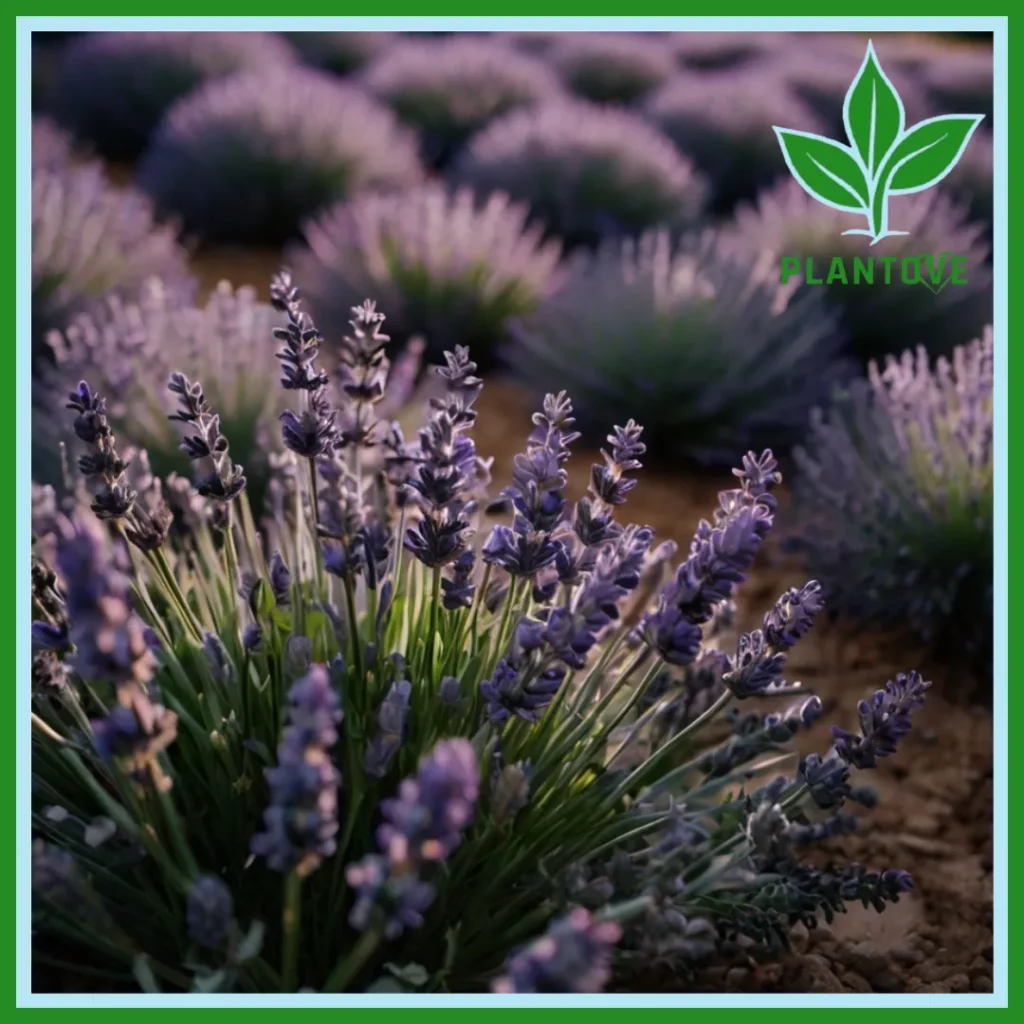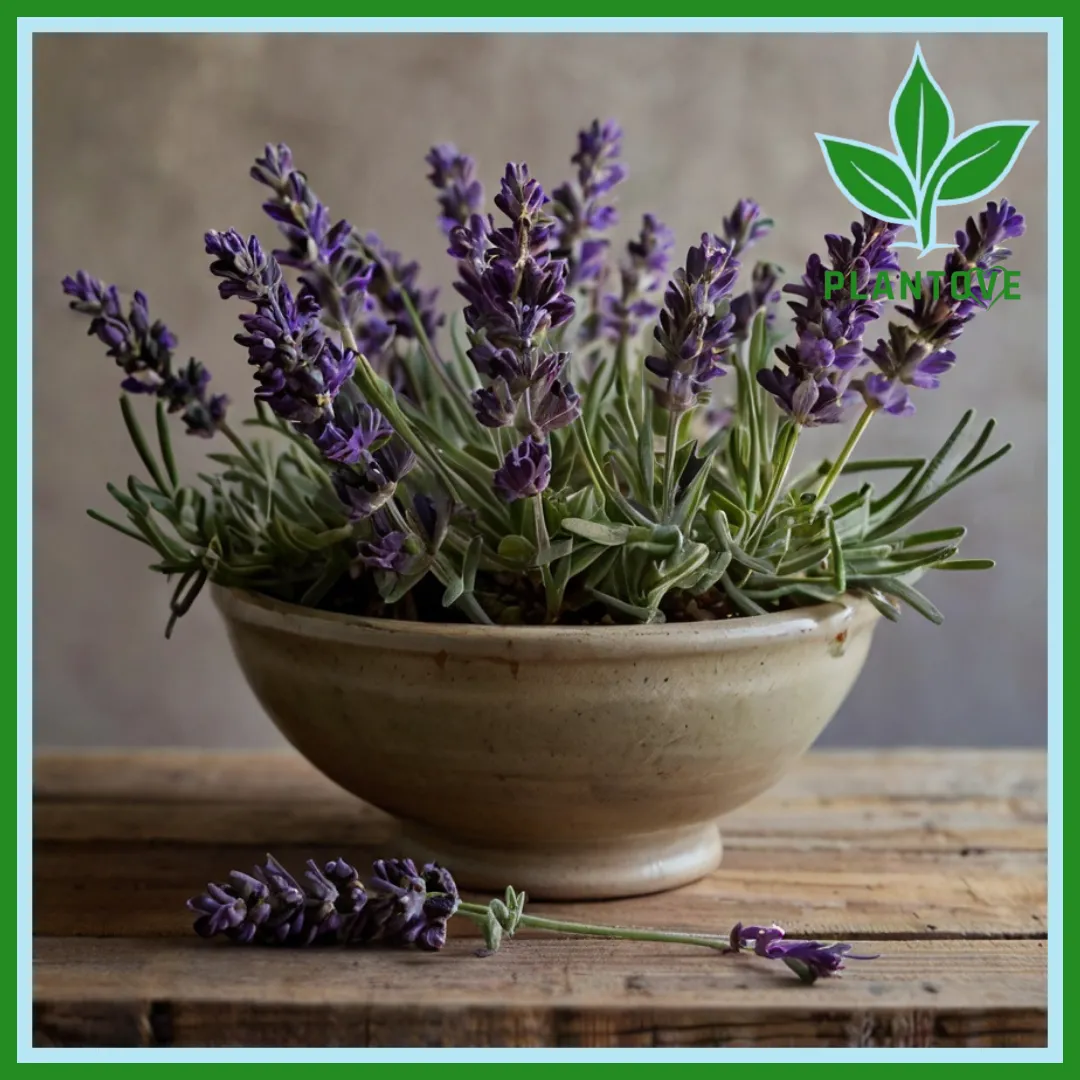Lavender plants, known for their beautiful purple blooms and soothing fragrance, have been a staple in gardens and homes for centuries. Native to the Mediterranean region, these hardy plants are popular not only for their aesthetic appeal but also for their practical uses in aromatherapy, skincare, cooking, and as a natural insect repellent. Lavender’s versatility, low-maintenance nature, and ability to thrive in various conditions make it a favorite among gardeners and wellness enthusiasts alike. In this article, we’ll dive deep into the world of lavender plants, exploring their types, benefits, growing tips, and much more.
Types of Lavender Plants
There are several species of lavender, each with its unique characteristics. Understanding these types will help you select the best one for your garden or home.
1. English Lavender (Lavandula angustifolia)
English lavender is perhaps the most common variety. Despite its name, it originates from the Mediterranean but thrives in cool climates. Its sweet fragrance makes it a popular choice for essential oils and sachets. English lavender has narrow leaves and compact growth, making it ideal for garden borders and hedges.
2. French Lavender (Lavandula dentata)
French lavender is known for its serrated leaves and strong, camphor-like scent. It blooms earlier than English lavender and is more heat-tolerant, making it suitable for warmer climates. This type is often used in landscaping due to its distinctive appearance.
3. Spanish Lavender (Lavandula stoechas)
Spanish lavender is easily recognized by its unique, pineapple-shaped flower heads topped with bracts that look like butterfly wings. It prefers hot, dry conditions and is often found in drought-tolerant gardens. Though its fragrance is not as sweet as other varieties, its striking appearance makes it a popular ornamental plant.
4. Lavandin (Lavandula x intermedia)
Lavandin is a hybrid of English and Portuguese lavender, known for its larger size and higher oil content. It is often grown commercially for its strong scent and abundant blooms. Lavandin plants are hardier than English lavender and can tolerate more heat.
Benefits of Growing Lavender

Lavender plants offer numerous benefits beyond their beauty, making them a valuable addition to any garden or home.
1. Aromatherapy and Stress Relief
Lavender’s calming scent has been used for centuries to reduce stress and anxiety. Lavender essential oil is commonly used in aromatherapy to promote relaxation and improve sleep quality. Simply growing lavender in your garden or keeping a potted plant indoors can have a calming effect on your environment.
2. Natural Insect Repellent
Lavender is a natural deterrent for pests like mosquitoes, flies, and moths. Planting lavender around your home or patio can help keep unwanted insects at bay. You can also use dried lavender sachets indoors to repel moths from your closet.
3. Skincare and Beauty Products
Lavender is a common ingredient in skincare products due to its anti-inflammatory and antimicrobial properties. Lavender essential oil is often used in lotions, creams, and soaps to soothe irritated skin and promote healing.
4. Culinary Uses
While not all types of lavender are suitable for cooking, English lavender can be used to add a floral flavor to dishes. Lavender is often used in desserts, teas, and even savory dishes like roasted meats. It pairs well with honey, lemon, and rosemary.
How to Grow Lavender Plants
Growing lavender is relatively easy as long as you provide the right conditions. Here’s a step-by-step guide to help you get started.
1. Ideal Climate Conditions
Lavender thrives in warm, dry climates with plenty of sunlight. It is best suited for USDA hardiness zones 5-9, although some varieties, like English lavender, can tolerate cooler temperatures. If you live in an area with high humidity or frequent rainfall, consider growing lavender in raised beds or containers to improve drainage.
2. Soil Requirements
Lavender prefers well-draining, sandy or gravelly soil with a slightly alkaline pH of 6.5-7.5. Avoid planting lavender in heavy clay soils, as they retain too much moisture and can lead to root rot. You can improve drainage by adding sand or gravel to the soil before planting.
3. Sunlight Needs
Lavender plants need full sun to thrive. Aim to provide at least 6-8 hours of direct sunlight each day. In cooler climates, choose a sunny, sheltered spot to help the plant stay warm.
4. Watering
Lavender is drought-tolerant once established, but young plants need regular watering. Water your lavender deeply once or twice a week during the growing season, allowing the soil to dry out between waterings. Be cautious of overwatering, as lavender prefers drier conditions.
Lavender Care and Maintenance
Proper care and maintenance will ensure your lavender plants stay healthy and bloom beautifully year after year.
1. Pruning
Pruning lavender helps maintain its shape and encourages new growth. The best time to prune lavender is in late summer or early fall, after the plant has finished blooming. Cut back about one-third of the plant’s height, making sure to avoid cutting into the woody stems, as this can stunt new growth.
2. Fertilization
Lavender doesn’t require much fertilizer. In fact, too much nitrogen can lead to excessive leaf growth at the expense of flowers. A light application of compost or a low-nitrogen fertilizer in the spring should be sufficient.
3. Pest Control
Lavender is generally pest-resistant, but it can sometimes be affected by aphids, spider mites, or fungal diseases like root rot. To prevent root rot, ensure your lavender is planted in well-draining soil and avoid overwatering. If you notice pests, treat the plant with insecticidal soap or neem oil.
Using Lavender in Landscaping and Indoors
Lavender is a versatile plant that can be used in various ways to enhance your garden or home decor.
1. Landscaping with Lavender
Lavender is often used in borders, hedges, and rock gardens due to its compact growth and long-lasting blooms. It pairs well with other drought-tolerant plants like rosemary, thyme, and sage. Consider planting lavender along pathways or driveways to enjoy its fragrance as you walk by.
2. Growing Lavender Indoors
If you don’t have outdoor space, you can still enjoy lavender as a potted plant indoors. Place your lavender in a sunny window or under grow lights to ensure it gets enough light. Keep in mind that lavender grown indoors may not bloom as profusely as outdoor plants, but it will still provide a pleasant aroma.
Harvesting and Uses of Lavender
Once your lavender plant is established, you can begin harvesting the flowers for various uses.
1. How to Harvest Lavender
The best time to harvest lavender is in the morning, after the dew has dried but before the heat of the day sets in. Cut the flower stems just as the buds are starting to open. Hang the stems upside down in a cool, dry place to dry them for later use.
2. Uses of Lavender
- Essential Oils: Lavender flowers can be distilled to produce essential oils, which are used in aromatherapy, skincare, and household cleaning products.
- Sachets and Potpourri: Dried lavender can be used to make sachets, potpourri, or even homemade candles.
- Culinary Uses: As mentioned earlier, lavender can be used in cooking, particularly in baked goods, teas, and savory dishes.
Conclusion
Lavender plants are a fantastic addition to any garden or home. Whether you’re looking to improve your outdoor landscape, enjoy the calming scent indoors, or explore the many uses of lavender in wellness and cooking, this versatile plant has something to offer. With the right care and conditions, you can enjoy the beauty and benefits of lavender for years to come. So why wait? Start your lavender garden today and experience the many joys this plant can bring.

